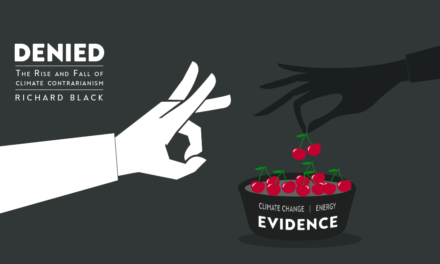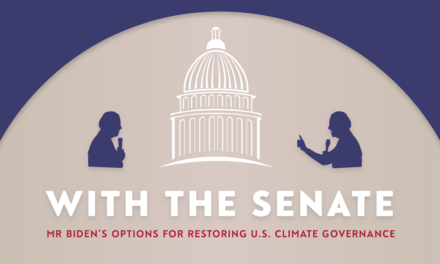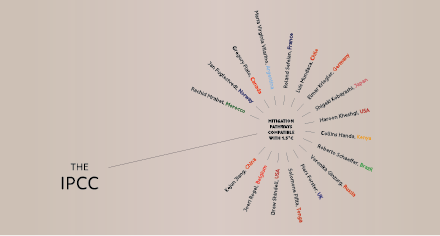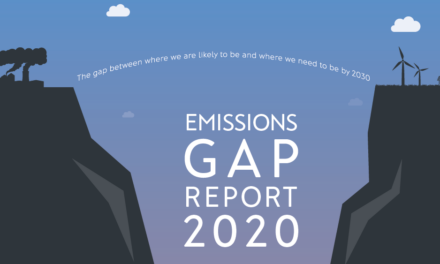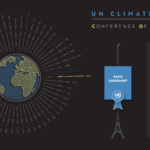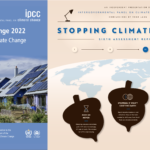Communicating climate change in the digital age
BY BRONWYN LO
Bronwyn Lo explores communicating climate change in our digital age — it’s “incredibly important” but it’s also, we learn, painfully difficult.
Climate change is not a simple issue: It’s a technical subject, it comes packed with a loaded history and there’s no easy narrative. It’s made harder still by people’s automatic reactions to it, by — simply put — humans being human. Psychologist Daniel Kahneman, Nobel Prize winner for his work in behavioural economics, said “if you were to design a problem that the mind is not equipped to deal with… climate change would fit the bill”. Climate change is, in itself, too abstract, distant and contested an issue to mobilise our human mind.
Communicating climate change to the public is no simple process either. But the complex subject matter and the ^ psychology ^ behind people’s responses are only partial explanations for why. If the ultimate goal of climate change communications is to compel, incentivise or motivate the public to act, aka change their behaviour in some way, then the ‘dragons of inaction’ are only the start of what needs to be addressed.
So here we are: the first part of a four-part series on climate change communications, focusing on ‘what comes after’ those psychological barriers. First though, let’s rewind a little: What’s the big deal?
Part 1: The importance and challenge of climate change communication
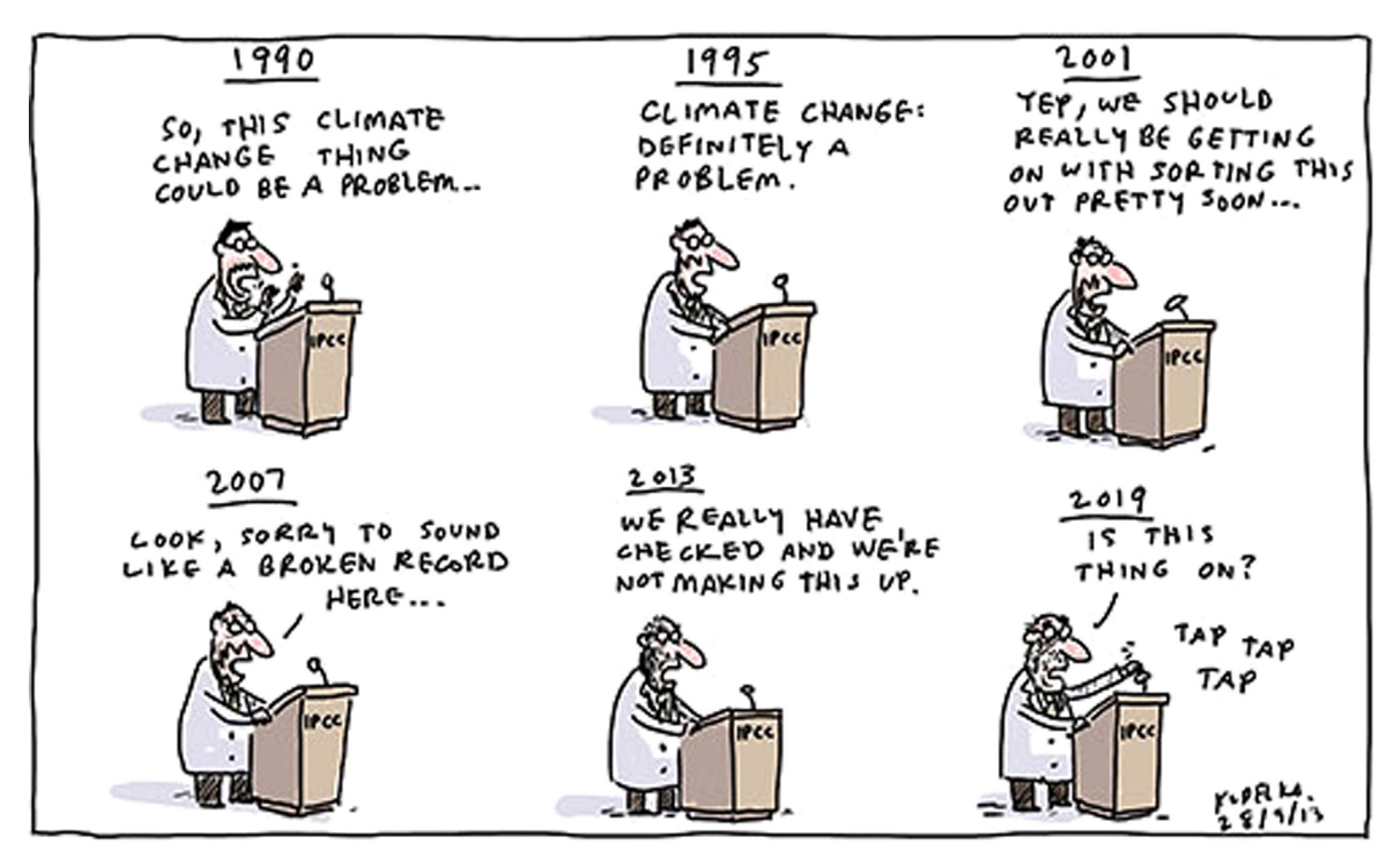
Credit: Jon Kudelka
Why are we talking about communicating climate change to the public? Why not just focus on the solutions to climate change?
We talk of both as if they are equally important; that’s because they are.
The problem of climate change is entangled in all aspects of society. So are its solutions. Climate change requires action at all levels, by individuals not only on a personal level (as consumers), but also in workplaces and as citizens. Given the nature of the issue, the last is key: climate change requires comprehensive action on a scale that can only succeed with governments’ initiative and support, which in turn can be influenced by the public.
A basic public understanding of the causes and impacts of climate change is therefore fundamental from a number of perspectives. Yet even though there is now greater general awareness and media coverage of climate change globally than ever before, significant parts of the public still have doubts about humans’ impact on climate change and its significance.
These are the people not seen on the crowded streets lined with protestors, or even following news on climate change activism. Over the past months, the world has reported on widespread climate change strikes and protests by the young and highly engaged. As always, though, there is the issue of everyone else.
Recent data on this is, as you’d suspect, Western-centric (the only global survey was conducted in 2007-08) but it’s extensive in relation to the top-ranking carbon-emitting democracy: the US. It shows that in 2018, while 70% of adult Americans thought that global warming was happening, 32% attributed it to natural causes, and only 41% thought it would harm them personally.
A low level of public understanding has broad implications, not just for individual action but also for governmental action.
One aspect is obvious. As Greta Thunberg and her fellow student activists have recognised, political action is a crucial part of climate change action — and so too, then, are the motivators for it.
Elected governments are influenced by and respond to public opinion, and poor public understanding limits the motivation and space for governments to explore policy solutions.
Another is that governments in key carbon-emitting countries — for example, the UK and Australia — have traditionally been unable or unwilling, for political reasons, to regulate the public’s energy-related behaviours to help meet carbon reduction targets. This leads them to implement policies that require voluntary take-up to succeed, such as household energy efficiency policies. But without ‘climate change’ being an effective incentive in itself, governments must rely solely on other (often short-term) motivators to bolster these policies, with a key one being (often complex) financial benefits. This contributes to the ad hoc nature of climate change policy approaches, which are in turn difficult to sustain and promote.
So, effective climate change communication is incredibly important, because without it, climate change measures lack the support of an overarching narrative. Such a narrative is necessary to explain, justify and motivate sustained action — at all levels of society.
That narrative is challenging to compose and promote, though, because of barriers — internal and external — that exist in communicating climate change generally. We’ll start to explore this in Part 2.
